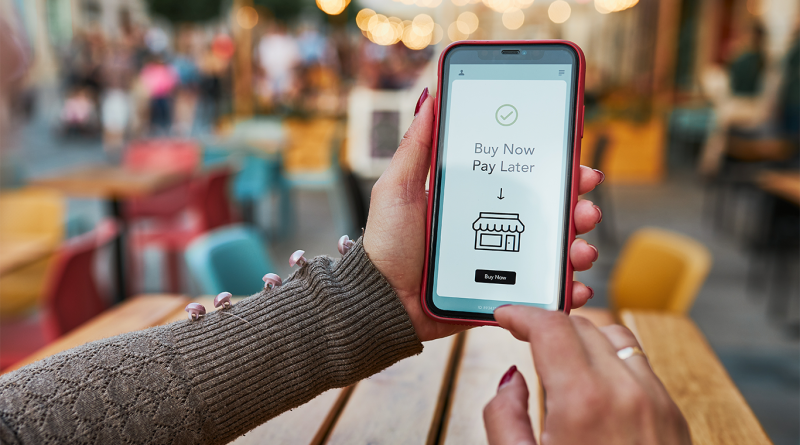The Rise of Buy Now, Pay Later: The Top Benefits and Risks
In recent years, the retail landscape has witnessed a significant shift with the advent of Buy Now, Pay Later (BNPL) services. These services have quickly gained popularity among consumers, especially the younger demographic, providing an alternative to traditional credit cards. This article explores the benefits and risks associated with BNPL services, shedding light on why this payment method is on the rise and what it means for retailers and consumers alike.
What is Buy Now, Pay Later?
Buy Now, Pay Later is a type of short-term financing that allows consumers to make purchases and pay for them at a future date, often interest-free if paid within a specific period. Companies like Klarna, Afterpay, and Affirm have become major players in this market, offering flexible payment options at the point of sale both online and in-store.
Benefits for Consumers
1. Financial Flexibility
BNPL services offer consumers the ability to manage their finances more flexibly. By spreading the cost of purchases over several payments, consumers can buy higher-ticket items without the immediate financial burden.
2. No Interest (If Paid on Time)
Unlike credit cards, many BNPL services do not charge interest if the payments are made on time. This can make BNPL a more attractive option for consumers looking to avoid interest charges.
3. Easy Approval
BNPL services generally have a more lenient approval process compared to traditional credit cards, making them accessible to a wider range of consumers, including those with less-than-perfect credit scores.
4. Enhanced Shopping Experience
The convenience of BNPL can enhance the overall shopping experience. Consumers can enjoy their purchases immediately and pay later, which can increase customer satisfaction and loyalty.
Benefits for Retailers
1. Increased Sales
Retailers have reported significant increases in sales and average order values after integrating BNPL options. The ability to pay later can encourage consumers to make larger purchases or buy additional items.
2. Reduced Cart Abandonment
One of the major challenges in e-commerce is cart abandonment. BNPL services can help reduce this by providing a more attractive payment option, leading to higher conversion rates.
3. Attracting Younger Consumers
Millennials and Gen Z are particularly drawn to BNPL services. Retailers offering these payment options can tap into this lucrative demographic, driving more traffic and sales from younger shoppers.
Risks for Consumers
1. Overspending
The ease of using BNPL can lead to overspending. Consumers may make purchases they cannot afford, leading to financial strain when payments are due.
2. Late Fees
While BNPL services often advertise no interest, they can charge substantial late fees if payments are missed. This can quickly add up, negating the benefits of interest-free payments.
3. Impact on Credit Score
Missing payments can negatively affect a consumer’s credit score. Unlike traditional credit cards, where consumers might be more aware of the credit implications, BNPL users might not realize the potential impact on their credit until it’s too late.
4. Lack of Regulation
BNPL services are not as heavily regulated as traditional credit products. This lack of regulation can leave consumers vulnerable to predatory practices and less protection in disputes.
Risks for Retailers
1. Higher Transaction Fees
While BNPL can drive sales, it often comes with higher transaction fees for retailers compared to traditional payment methods. This can impact the retailer’s profit margins.
2. Increased Returns
The impulsive nature of BNPL purchases can lead to higher return rates. Retailers may face increased costs and logistical challenges in handling these returns.
3. Dependence on Third-Party Services
Retailers integrating BNPL options rely on third-party providers. Any issues or changes in the BNPL provider’s policies can directly affect the retailer’s operations and customer satisfaction.
The rise of Buy Now, Pay Later services marks a significant evolution in consumer payment options, offering both benefits and risks. For consumers, BNPL provides financial flexibility and an enhanced shopping experience, but it also carries the risk of overspending and potential financial strain. For retailers, BNPL can drive sales and attract younger customers, but it comes with higher transaction fees and the potential for increased returns.
As the BNPL market continues to grow, both consumers and retailers must navigate these services wisely. Consumers should use BNPL responsibly, ensuring they can meet payment deadlines to avoid fees and credit issues. Retailers should carefully consider the costs and benefits, integrating BNPL in a way that maximizes sales while managing the associated risks.
The future of BNPL will likely involve more regulatory scrutiny, aimed at protecting consumers while fostering innovation in the retail sector. As this payment method evolves, staying informed and making prudent choices will be key to leveraging the benefits of Buy Now, Pay Later.
